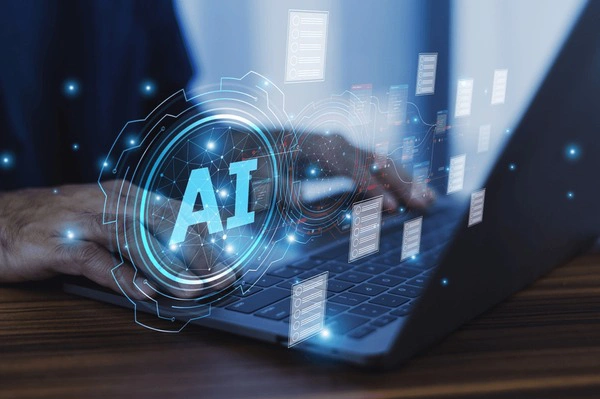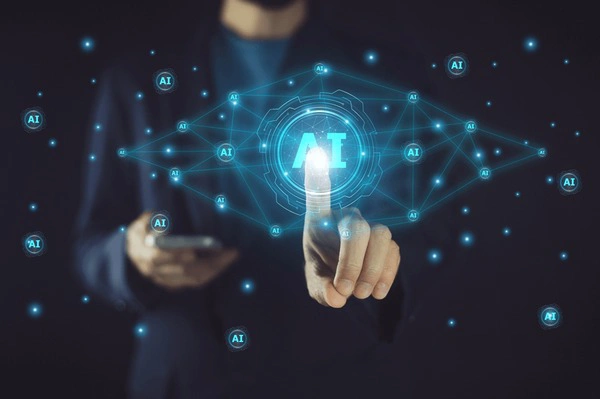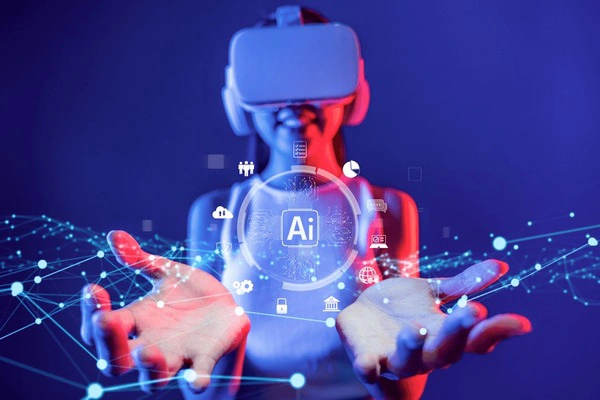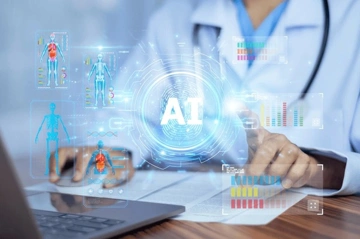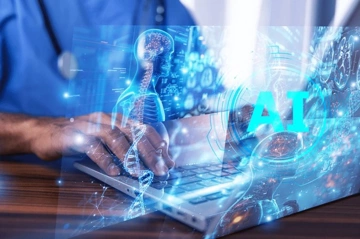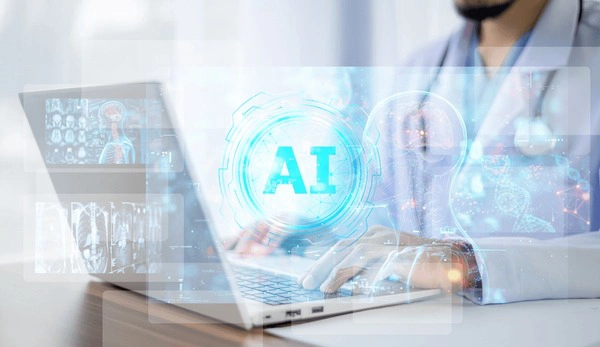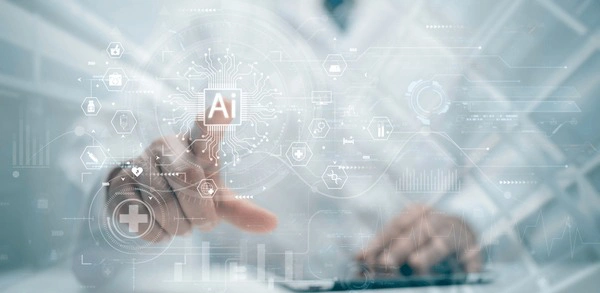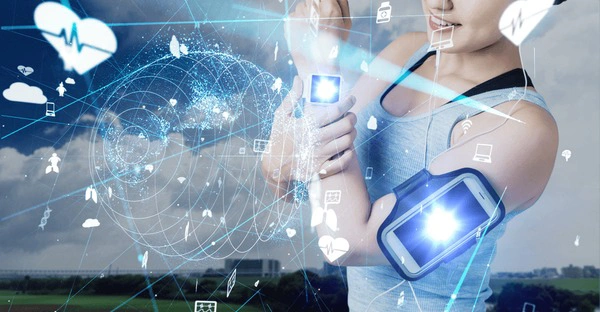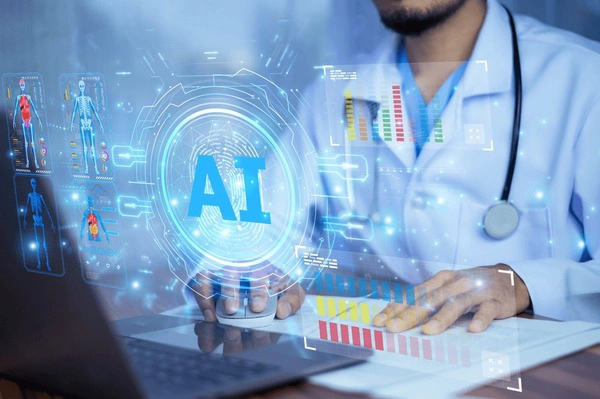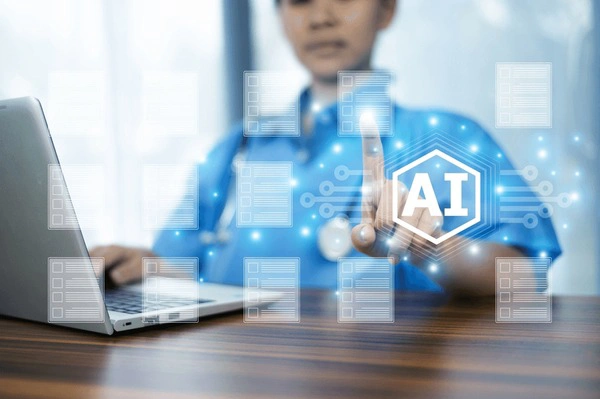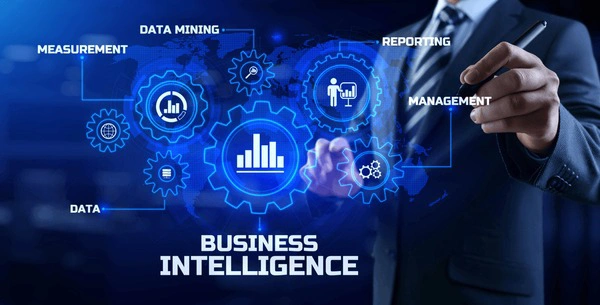
The Rise of Autonomous Drones: Transforming Deliveries and Rescue Operations
Autonomous drones, powered by advanced AI and computer vision, are transforming deliveries and search and rescue operations by offering efficient, cost-effective solutions in hard-to-reach and emergency situations. As these technologies advance, their potential applications continue to grow, promising significant impacts on industries and society at large.
Emma Lane
09/11/2024 - 7 months ago

Revolutionizing Deliveries
In a world where speed and efficiency are paramount, autonomous drones are reshaping the landscape of deliveries. These intelligent flying machines are no longer just a futuristic concept; they are actively transforming how goods are transported. With the help of artificial intelligence, drones can now navigate complex environments without human intervention. This means packages can be delivered faster and more efficiently, even in hard-to-reach areas like remote villages and disaster zones.
The ability of drones to perform deliveries autonomously is made possible through advanced computer vision technologies. These systems allow drones to perceive their surroundings and make real-time decisions, avoiding obstacles and adapting to changing conditions. This innovation not only boosts delivery speed but also reduces costs, making it a sustainable option for companies looking to minimize their carbon footprint.
Furthermore, autonomous drones are proving invaluable in emergency situations. For example, during natural disasters, these drones can swiftly deliver medical supplies to affected areas, saving lives when roads are impassable. Their ability to operate independently means they can continue working even when communication networks are down, ensuring that critical supplies reach those in need.
Enhancing Search and Rescue
Autonomous drones are not just transforming deliveries; they are also revolutionizing search and rescue operations. In emergency situations, every second counts, and drones equipped with thermal imaging cameras can quickly locate missing persons, even in the most challenging terrains. This capability significantly enhances the efficiency and success rate of rescue missions.
Equipped with artificial intelligence, these drones can autonomously scan vast areas, identifying heat signatures and other clues that point to human presence. This reduces the time required for manual searches and allows rescuers to focus their efforts on areas where they are most needed. The result is a more coordinated and effective response to emergencies.
Moreover, the use of drones in search and rescue is cost-effective. Traditional rescue operations often require significant resources and manpower, but drones can cover more ground with fewer personnel. This not only reduces the financial burden on emergency services but also ensures a rapid response, which is crucial for saving lives.
Future Prospects
As technology continues to advance, the potential applications for autonomous drones are expanding rapidly. In the future, we can expect to see these drones being used for everything from environmental monitoring to infrastructure inspection. Their ability to operate in diverse conditions makes them ideal for tasks that are dangerous for humans.
The integration of drones into daily life also raises important questions about regulations and privacy. While the benefits are clear, ensuring that drones are used responsibly and ethically is paramount. Policymakers will need to develop frameworks that balance innovation with safety and privacy concerns.
Despite these challenges, the future of autonomous drones is bright. As they become more sophisticated, they will undoubtedly play a crucial role in addressing some of the world's most pressing issues, from disaster response to environmental conservation. By embracing this technology, we can look forward to a more connected and efficient world.
